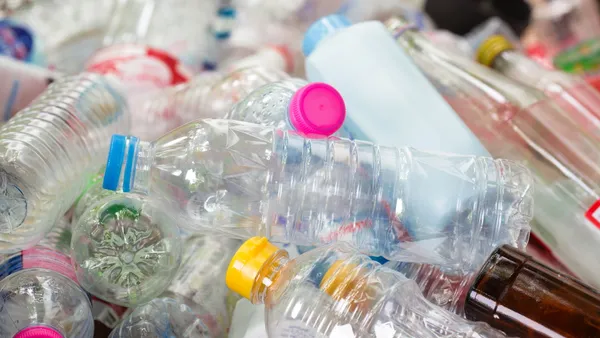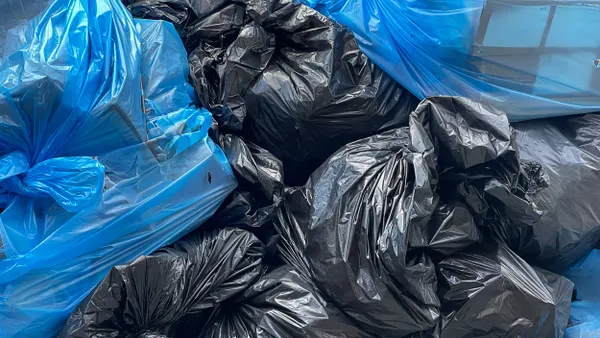Dive Brief:
- The U.S. Court of Appeals for the District of Columbia Circuit recently ruled 2-1 to roll back portions of a 2015 Environmental Protection Agency (EPA) rule that was intended to limit "sham recycling" of hazardous waste materials. The rule was challenged by industry groups including the American Chemistry Council and the American Petroleum Institute, as reported by Law 360.
- The July 7 court decision largely sided with industry arguments that questioned the EPA's attempt to expand Resource Conservation and Recovery Act (RCRA) definitions of waste and recycling to include residual hazardous materials. The court ruled against this definition provision and another regarding permit requirements for any secondary material sent to third-party recyclers. The latter decision effectively reinstates Bush-era policy from 2008, as reported by E&E News.
- The court dismissed a challenge by multiple environmental groups, including the Sierra Club, that said the 2015 EPA rule wasn't strong enough. In particular, they criticized the new rule for providing too many exemptions around the processing and storage of secondary hazardous materials.
Dive Insight:
This rule, finalized at the end of 2014 and officially registered in 2015, was billed as a "major environmental justice milestone" by the EPA when initially released. The intent was to limit mismanagement of hazardous waste materials that could create the risk of fires, explosions and accidents. According to the EPA, these risks were higher for low-income and minority communities because of their proximity to more industrial areas where these facilities may be located. The 2015 rule was written to correct perceived gaps in the 2008 rule, because "the economics of commercial recycling contain market disincentives that encourage over-accumulation and mismanagement of hazardous secondary material."
Yet in the eyes of the two deciding judges on the court, this rule created "draconian" paperwork requirements and ran into trouble on RCRA definition interpretations. The 40-year-old law wasn't seen as taking a definitive stance on the true nature of when a material becomes "solid waste" in the context of residual material from hazardous waste handling. Further complicating an already complex situation, environmental groups weren't supportive of the EPA's attempts to limit "sham recycling" because they felt it had already undermined RCRA by granting too many exemptions over the years.
This decision is expected to affect a range of industrial sectors, including mining and agricultural businesses, that deal with hazardous residual materials such as metals, chemical solvents and sand. While the industry trade associations can largely take this as a victory, it remains unclear how the environmental groups will respond.











